Walking through the narrow, winding streets of Toledo feels like stepping back in time. This stunning hilltop city, just a short train ride from Madrid, captured my heart with its dramatic setting above the Tagus River and incredible mix of architectural styles.
Toledo earned its nickname as the “City of Three Cultures” because Christians, Muslims, and Jews lived together here for centuries, each contributing to the city’s unique heritage and creating a rare example of cultural coexistence in medieval Spain.
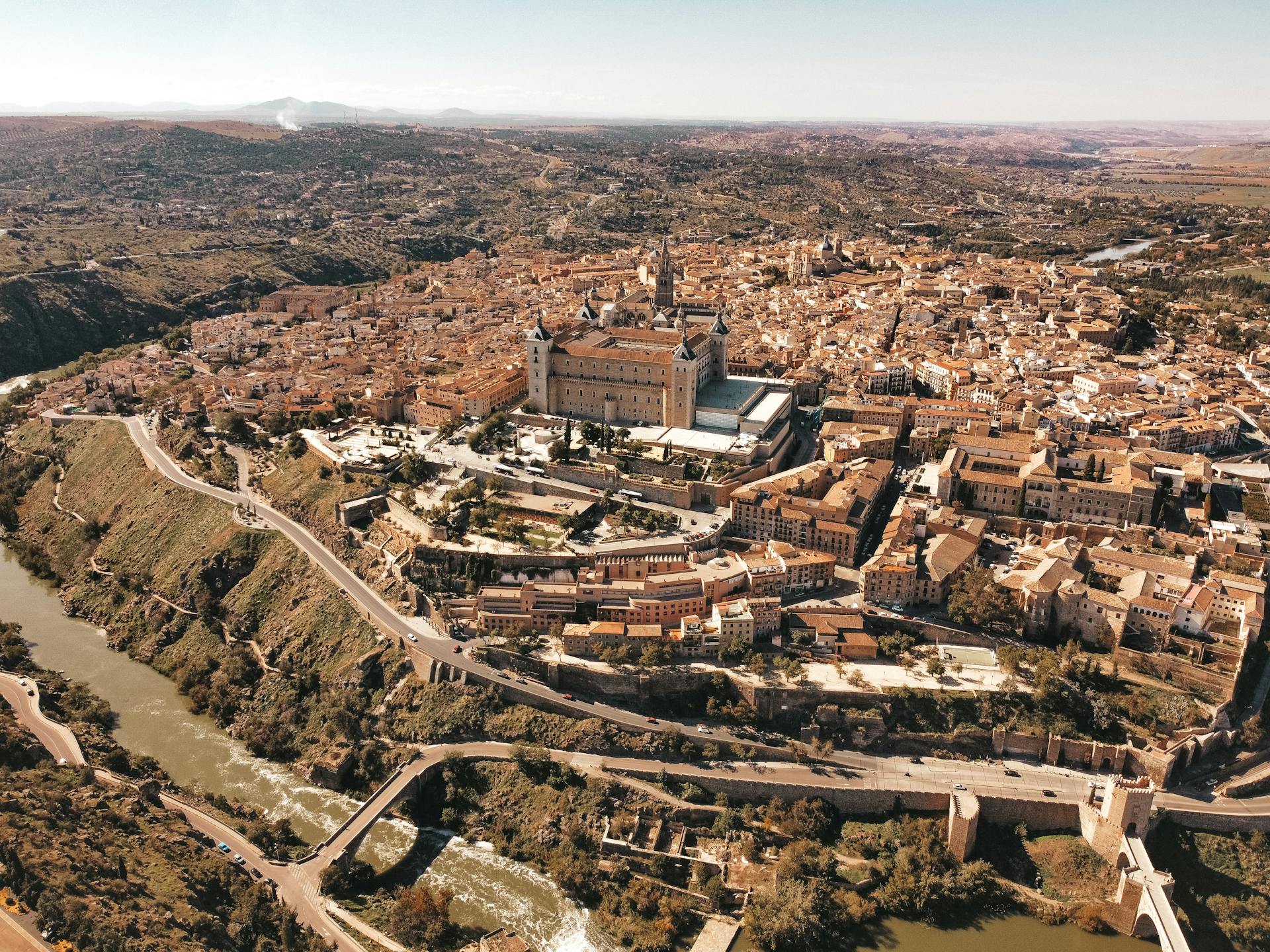
As I explored Toledo’s UNESCO World Heritage historic center, I was amazed by how the different cultural influences blend together. One moment I was admiring the Gothic Cathedral, the next discovering the Moorish details of ancient mosques, and then wandering through the Jewish Quarter with its preserved synagogues.
The city’s walls hide countless treasures – from El Greco masterpieces to artisan workshops where traditional damascene metalwork continues today.
My favorite part of visiting Toledo was getting lost in its maze-like streets, away from the tourist crowds. Around every corner, I found something remarkable – tiny plazas, hidden courtyards, and locals going about their day in a living museum. The city tells stories of religious tolerance, artistic achievement, and Spanish history that you can’t find anywhere else in the world.
The Rich Tapestry of History
Toledo’s remarkable historical significance stems from the many civilizations that have left their mark on this ancient city. The layers of history are visible in every corner, from Roman foundations to medieval streets and Renaissance palaces.
Toledo Through the Ages
When I walked through Toledo’s winding streets, I felt like I was stepping through different chapters of history. The city began as the Roman Toletum around 192 BC, strategically positioned on a hill overlooking the Tagus River.
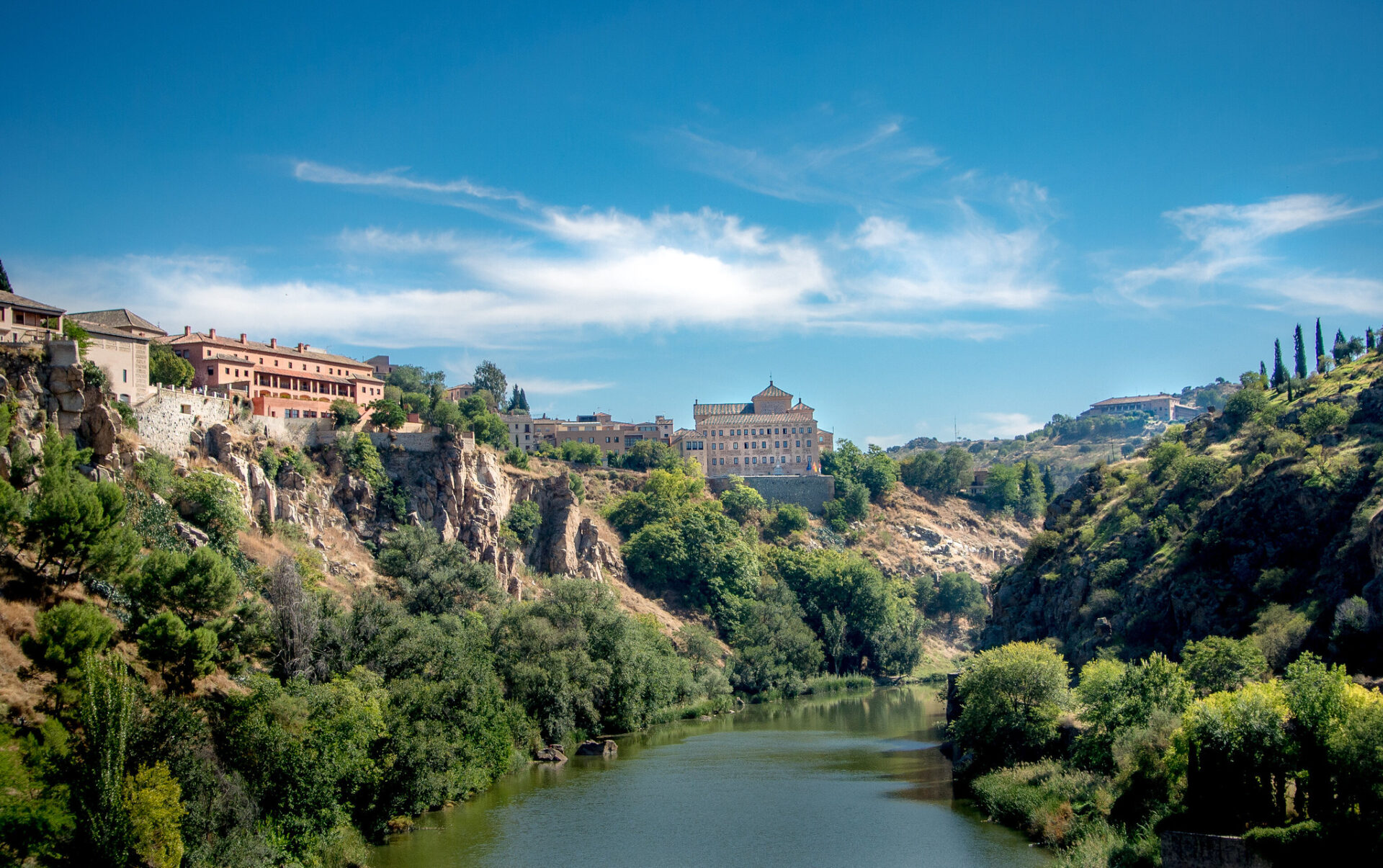
The Romans valued this location for its military importance and natural defenses. After the Roman era, Toledo became an important Visigothic capital in the 6th century.
By the 8th century, the city fell under Moorish control during the Islamic conquest of the Iberian Peninsula. Toledo flourished as a center of learning and cultural exchange under Muslim rule until 1085, when Alfonso VI recaptured it for Christian Spain.
In its golden age (13th-16th centuries), Toledo became known for sword-making, religious art, and cultural diversity. The city served as Spain’s capital until Philip II moved the court to Madrid in 1561.
The Visigoths and Moors Legacy
I was fascinated by how much Visigothic and Moorish influence remains in Toledo today. The Visigoths made Toledo their capital in 542 CE, establishing it as an important religious and political center.
When I explored the city, I discovered remnants of Visigothic architecture in churches like Santa María de Melque. These sites showcase the unique architectural style that blended Roman techniques with their own traditions.
The Moorish period (711-1085) transformed Toledo into a multicultural hub. Islamic architecture is still evident in buildings like the Mosque of Cristo de la Luz and the city’s distinctive narrow streets and interior courtyards.
What I found most impressive was how Islamic artistic elements merged with later Christian designs. The mudéjar style – Moorish techniques employed by Christian craftsmen – appears in many Toledo buildings, featuring geometric patterns, horseshoe arches, and intricate tilework.

The Spanish Civil War and Alcázar
The dramatic siege of the Alcázar during the Spanish Civil War (1936-1939) marks one of Toledo’s most intense modern historical chapters. Walking through the restored fortress today, I could hardly believe the devastation it once endured.
When the war broke out in July 1936, Colonel José Moscardó and about 1,000 Nationalist supporters, including women and children, barricaded themselves inside the Alcázar. Republican forces surrounded and bombarded the fortress for 70 days.
The siege became famous for the telephone conversation between Moscardó and Republicans who had captured his son. They threatened to execute his son unless he surrendered the Alcázar. Moscardó refused, and his son was reportedly killed.
Franco’s forces eventually relieved the siege in September 1936. Today, bullet holes and shell damage have been preserved in parts of the building as a reminder of this pivotal moment in Spanish history.

A Melting Pot of Architectural Wonders
Walking through Toledo feels like stepping through a living museum where Gothic spires, Jewish symbols, and Islamic arches coexist in stunning harmony. The city’s buildings tell the story of three cultures that shaped its identity over centuries.
Gothic Cathedrals and Gargoyles
The Toledo Cathedral takes my breath away every time I visit. This Gothic masterpiece began construction in 1226 and showcases some of Spain’s finest religious architecture. The exterior features intricate stone carvings and menacing gargoyles that seem to watch over the city.
Inside, I’m always drawn to the stunning stained glass windows that bathe the interior in colorful light. The main altar rises dramatically toward the ceiling with gold leaf that glimmers even on cloudy days.
My favorite part is exploring the bell tower. After climbing 200 steps, I’m rewarded with panoramic views of the city’s terracotta roofs and the winding Tagus River below.
The cathedral houses an impressive collection of art, including works by El Greco, Goya, and Velázquez. Don’t miss the sacristy, which feels like a mini art gallery within this Gothic wonder.
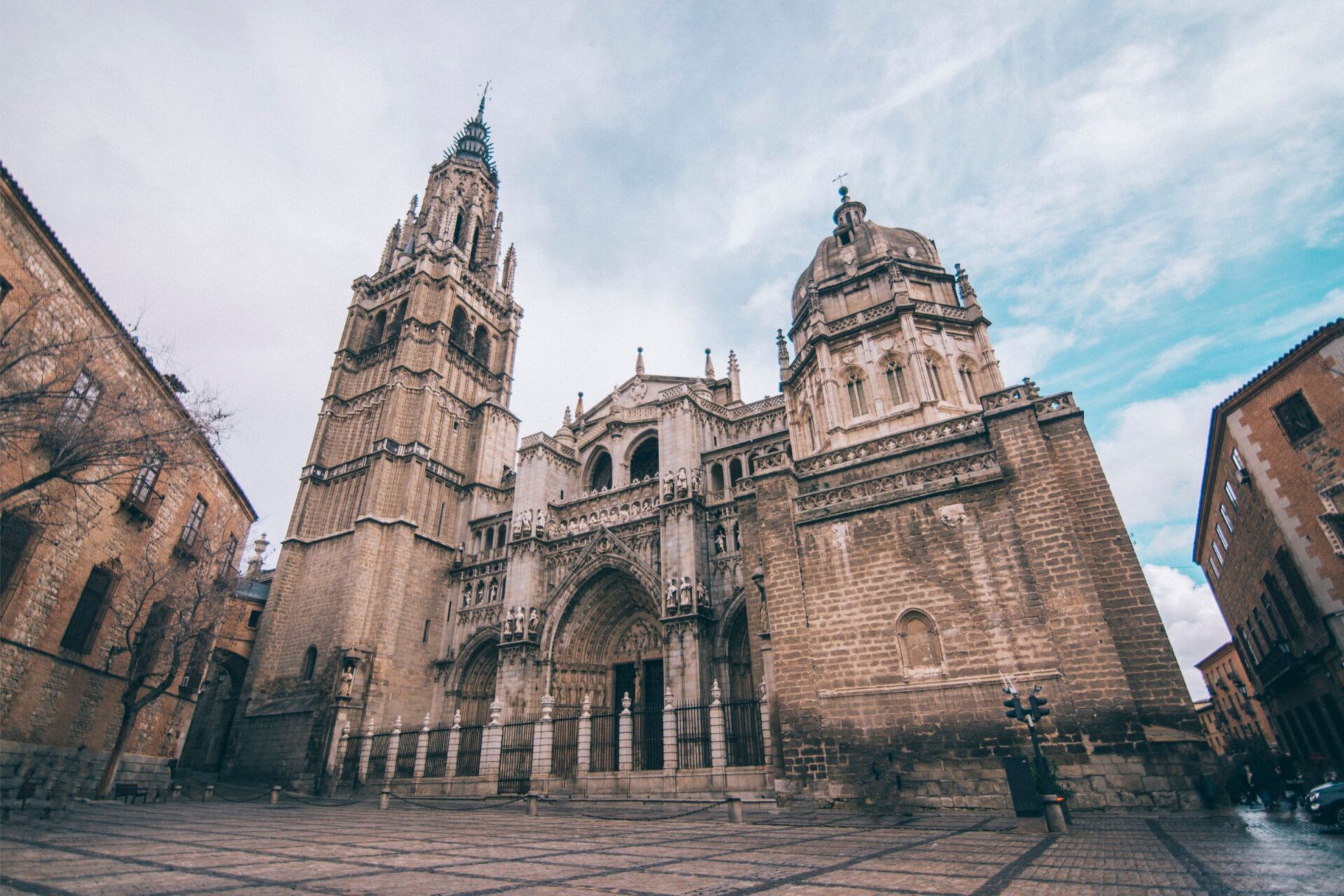
The Jewish Quarter’s Synagogues
I love getting lost in Toledo’s Jewish Quarter, where narrow lanes wind between whitewashed buildings and lead to remarkable synagogues. The neighborhood once housed a thriving Jewish community before their expulsion in 1492.
The Synagogue of Santa María la Blanca captivates me with its unique blend of architectural styles. Built in 1180, it features Islamic-inspired horseshoe arches and geometric designs despite being a Jewish place of worship.
The octagonal columns create a forest-like feeling as I walk through the main prayer hall. The white walls give the space a bright, airy quality unlike many religious buildings of the era.
Nearby, the Synagogue of El Tránsito houses the Sephardic Museum, where I learned about Jewish history in Spain. Its ornate stucco decorations and Hebrew inscriptions tell stories of a once-vibrant community.
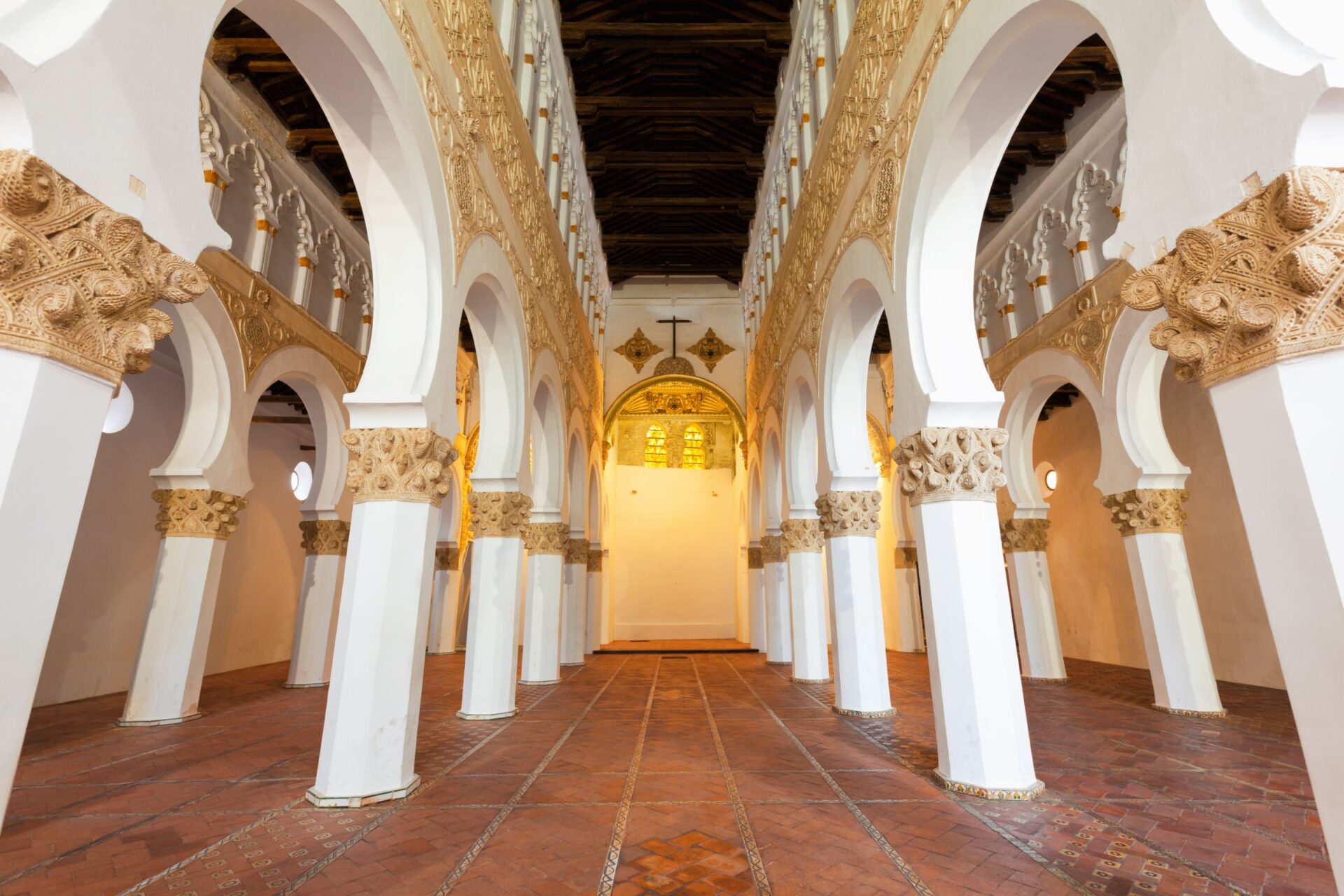
Mosques with Horseshoe Arches
Toledo’s Islamic heritage shines through in its remaining mosques, with the Mosque of Cristo de la Luz being my absolute favorite. Built in 999, this small but perfect example of Moorish architecture survived centuries of changes.
The mosque’s nine domed chambers create a fascinating geometric pattern on the ceiling. I’m always mesmerized by the classic horseshoe arches—a signature element of Islamic architecture in Spain.
Light filters through small star-shaped openings in the domes, creating shifting patterns across the prayer space throughout the day. Though later converted to a church, the building retains its Islamic character.
Other Islamic influences appear throughout Toledo’s architecture, from decorative tilework to intricate geometric patterns. Water features in courtyards and gardens reflect the Moorish appreciation for flowing water as both practical and spiritual elements.
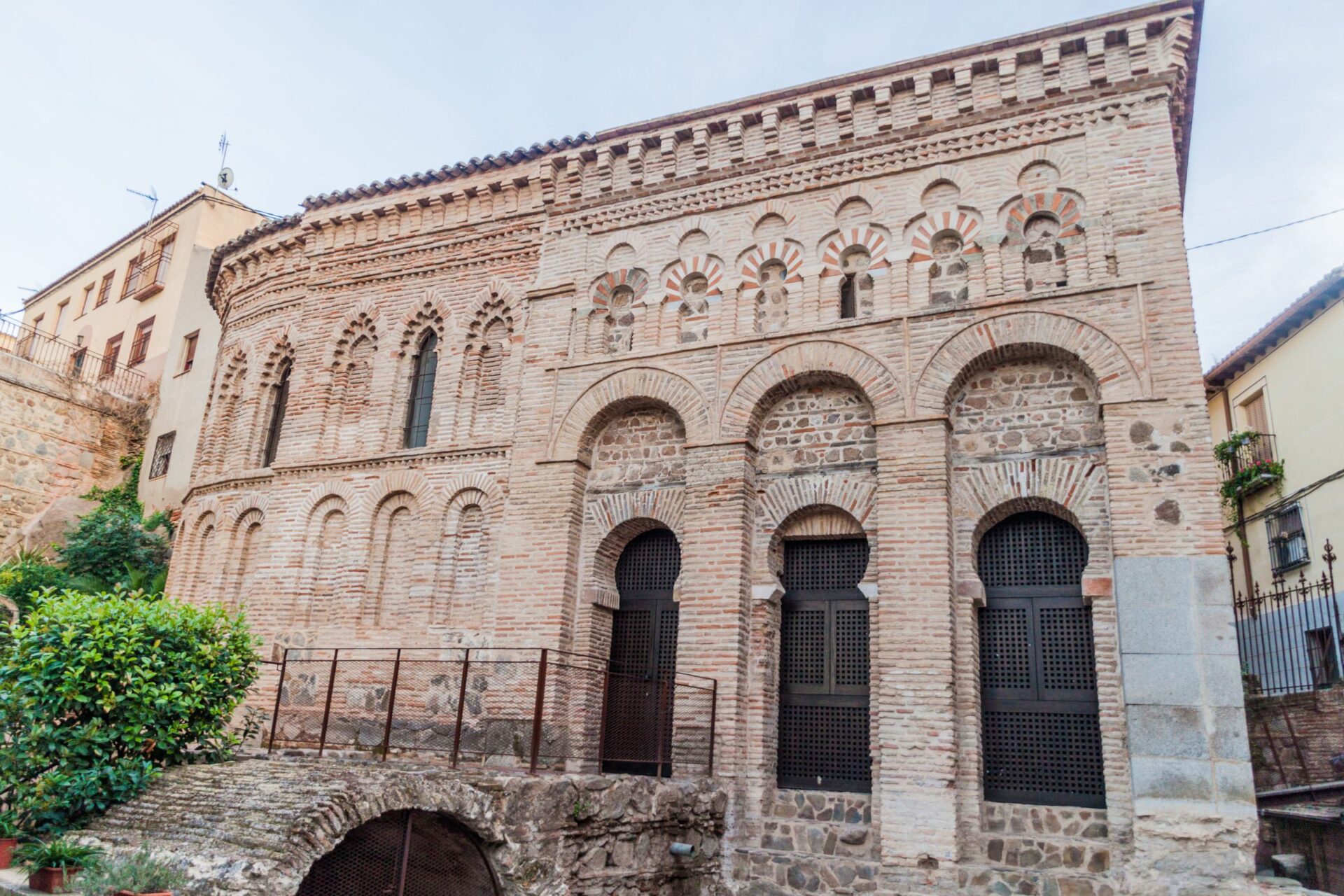
Artistic Heritage and El Greco’s Influence
Toledo’s artistic legacy is inseparably linked to Domenikos Theotokopoulos, better known as El Greco. Walking through this ancient city, I found his influence everywhere, from museums dedicated to his work to the very landscapes he immortalized in his paintings.
El Greco’s Masterpieces
El Greco made Toledo his home for most of his career, creating many of his greatest works here. His masterpiece “The Burial of Count of Orgaz” can be found in the Church of Santo Tomé—a massive fifteen-foot mural that took two years to complete (1586-1588). I was struck by its dramatic style and elongated figures that became his trademark.
“View of Toledo” is considered El Greco’s greatest landscape painting. Standing at the exact viewpoint where he must have painted it, I could see how he captured the city’s mystical quality with swirling clouds and vivid colors.
The Museo del Greco offers an incredible collection of his works. Here, you can trace his artistic development from his early training with Titian in Venice to his unique style that blended Byzantine traditions with Western painting techniques.
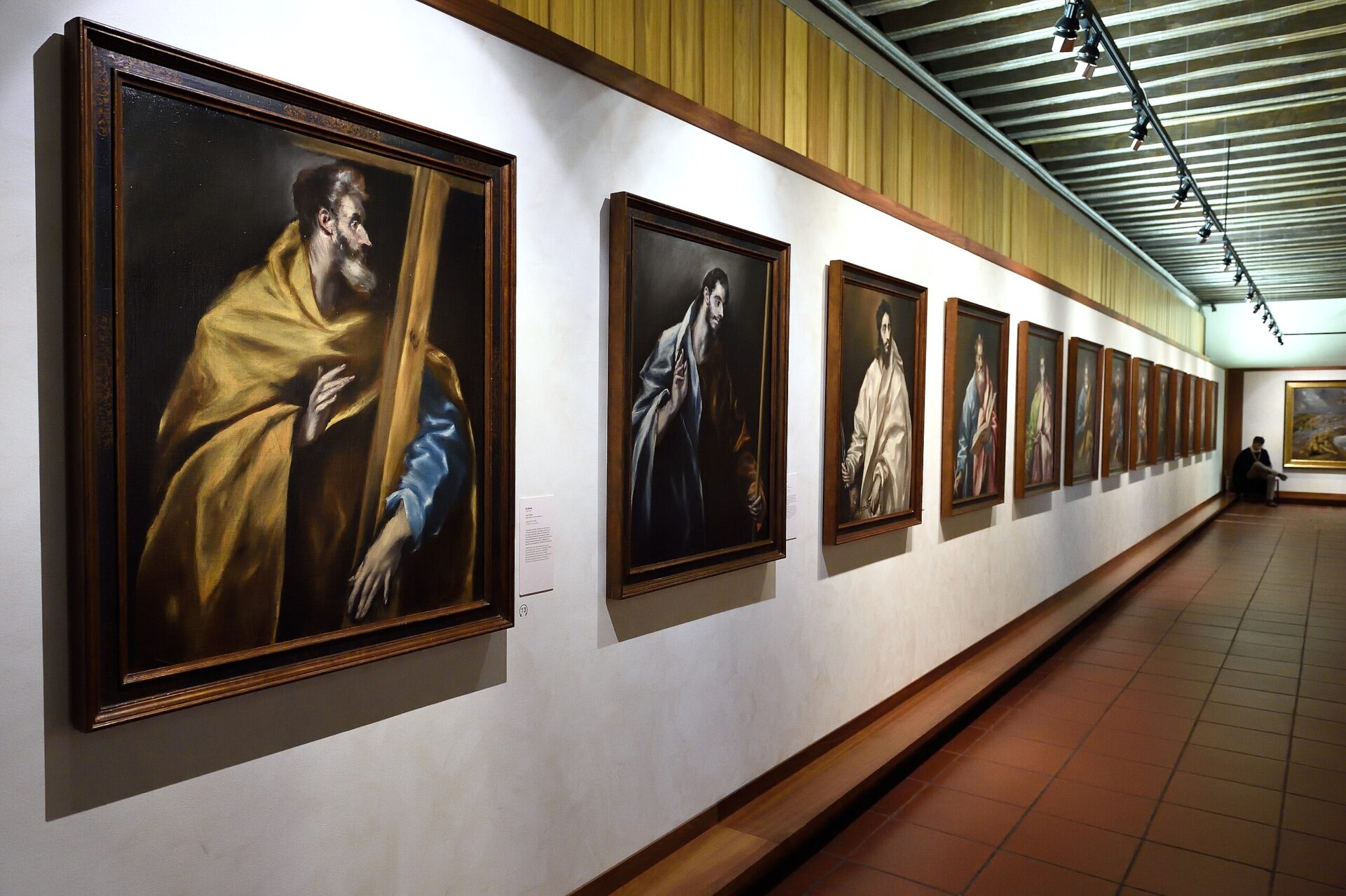
Contemporary Toledo Art
Toledo continues to nurture artistic expression inspired by its most famous resident. Local artists draw from El Greco’s bold use of color and dramatic compositions while creating distinctly modern works.
The city hosts several contemporary art galleries featuring both Spanish and international artists. I discovered small workshops where artisans create damascene jewelry—intricate gold inlay on blackened steel—a traditional Toledan craft that dates back centuries.
Street art has also found its place in Toledo, with murals that often reference El Greco’s iconic imagery. These modern interpretations create an interesting dialogue between past and present artistic traditions.
Art festivals throughout the year celebrate Toledo’s creative heritage. During these events, the entire city transforms into an open-air gallery, with exhibitions in unexpected locations from ancient courtyards to medieval towers.
Embracing the Culture Along the Tagus River
The Tagus River provides a stunning backdrop to Toledo’s cultural experiences, offering both traditional festivities and culinary adventures that showcase the city’s rich heritage.
Cultural Festivals and Events
I found walking along the Tagus River paths offered more than just scenic views—it connected me to Toledo’s vibrant cultural calendar. During spring and summer, the riverbanks come alive with festivals celebrating the city’s three cultures.
The Corpus Christi celebration stands out as one of Toledo’s most impressive events, with processions winding through streets adorned with medieval tapestries. I was fortunate to witness the Festival of the Three Cultures, which honors Toledo’s Christian, Muslim, and Jewish heritage through music, dance, and theatrical performances.
Creating my own walking route along the river let me discover hidden viewpoints perfect for watching sunset concerts. Local musicians often perform near the medieval bridges, playing traditional instruments that echo the city’s diverse cultural influences.
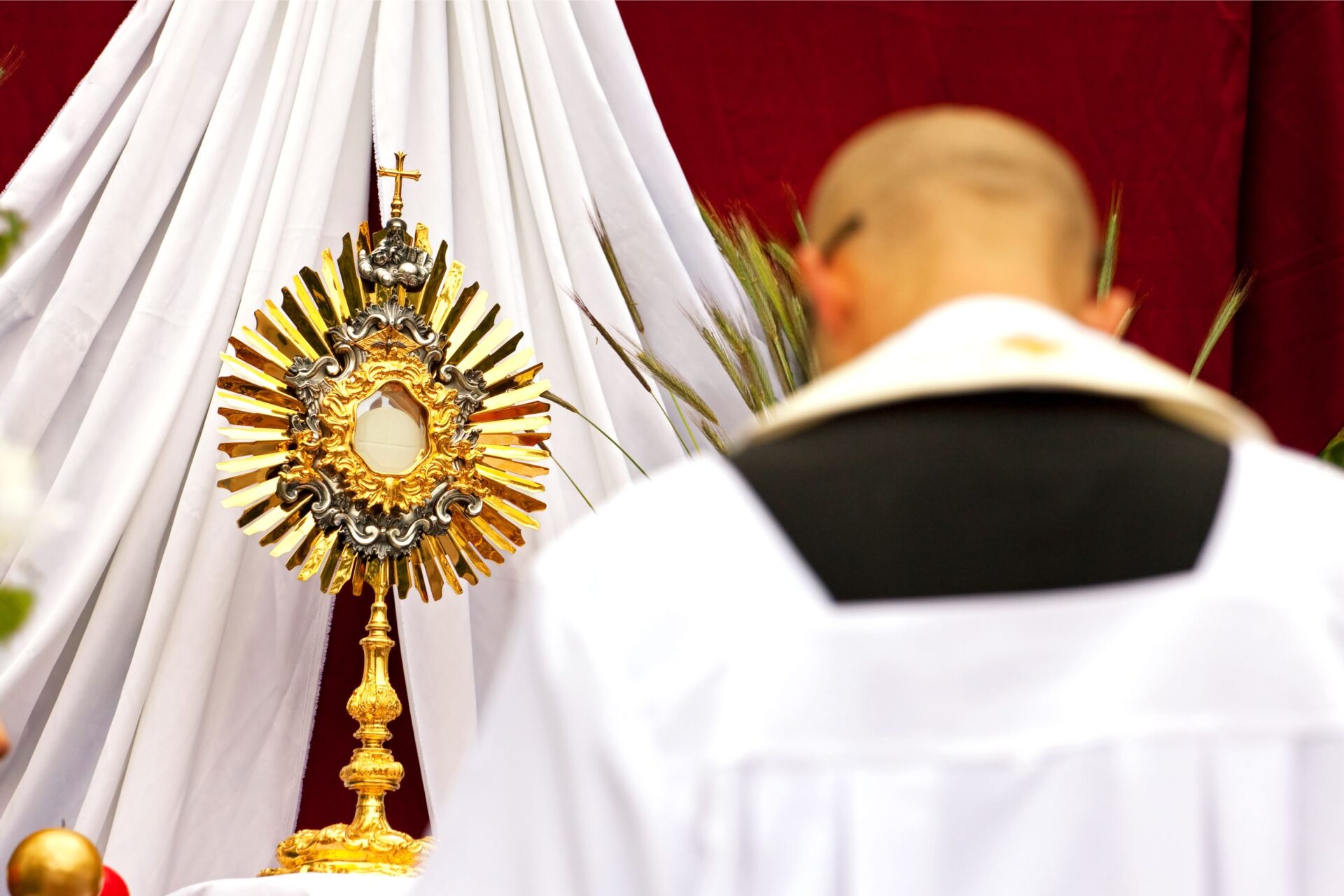
Culinary Delights and Crafts
The riverside area hosts weekly markets where I sampled Toledo’s famous marzipan—an almond-based sweet with Arabic origins. Local vendors proudly explained how their recipes have remained unchanged for generations.
Traditional crafts flourish in workshops near the Tagus, where I watched artisans creating damasquinado (the intricate gold inlay work Toledo is famous for). Many craftspeople invited me to try my hand at these ancient techniques.
For a truly authentic experience, I enjoyed a meal at a riverside restaurant serving carcamusas (slow-cooked pork in tomato sauce) and perdiz estofada (stewed partridge). These dishes showcase the blend of Jewish, Muslim, and Christian culinary traditions that define Toledo’s unique gastronomy.
Small wine bars along the river offer excellent views and the chance to taste wines from the surrounding La Mancha region—the perfect way to end a day of cultural exploration.
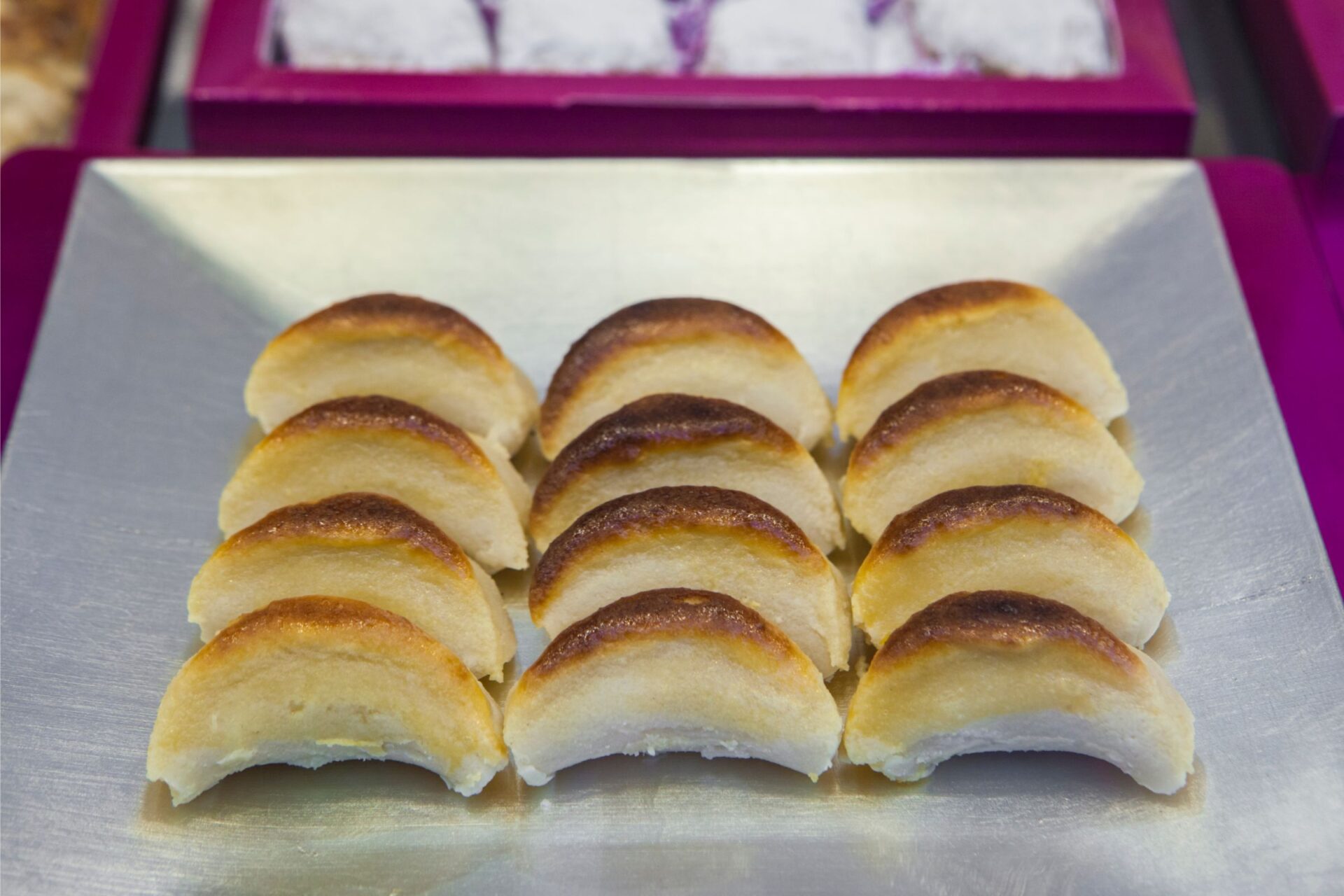
Discover Toledo Your Way
Toledo offers visitors multiple ways to experience its rich heritage and cultural tapestry. Whether you prefer exploring independently or visiting specific historical treasures, the city provides options to match every traveler’s style.
The Charm of Self-Guided Tours
I found wandering Toledo’s medieval streets on my own to be incredibly rewarding. Self-guided walking tours give you the freedom to explore at your own pace and discover hidden corners of this ancient city.
Several apps like GPSmyCity offer pre-planned routes with fascinating historical context right on your phone. These digital guides helped me navigate the labyrinthine streets without missing important landmarks.
What I love about self-guided exploration is the ability to linger at places that catch my interest. You can stop for tapas when hungry or detour down charming alleys that catch your eye.
The Puente de Alcántara, an ancient Roman bridge, was a highlight I discovered while wandering independently. It’s also easy to take a day trip from Madrid, as trains run frequently and take only about 30 minutes.

Monastery of San Juan de los Reyes and Army Museum
The Monastery of San Juan de los Reyes is one of Toledo’s most impressive monuments. Its stunning Isabelline Gothic architecture and elaborate decoration captivated me.
The two-story cloister features intricate stonework that left me speechless.
Catholic monarchs Ferdinand and Isabella built the monastery to commemorate their victory at the Battle of Toro. They showcased their power through art and architecture.
Nearby, the Army Museum is housed in the Alcázar fortress. It provides a comprehensive look at Spain’s military history. The collections include weapons, uniforms, and tactical models spanning centuries.
What surprised me was the museum’s modern presentation style. Interactive displays and well-designed exhibits keep visitors engaged regardless of their interest in military history.
These two sites highlight Toledo’s complex past as a center of religious and military power in medieval Spain.


